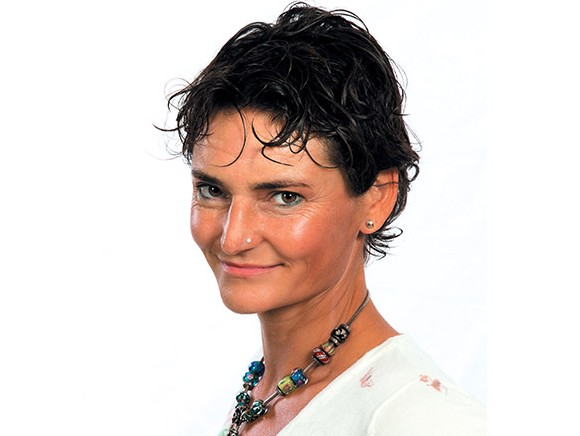
Danger lurks in unexpected places: a loose paving stone in the street, a faulty plug on a kettle, a restaurant employee who doesn’t wash his hands and hence transfers millions of bacteria onto the slice of lemon in your drink. We’re not safe anywhere.
In August this year, the names of 172 Dutch restaurants that have been under close supervision of the Netherlands Food and Consumer Product Safety Authority (NVWA) became public. The figures date from 2015, so the restaurants might have made some improvements by now and it is of course possible that the restaurants now meet all the requirements or that the establishments are under new ownership. But it’s definitely not good for business.
Recalls are commonplace. Just this summer, I’ve counted 14 NVWA alerts for food products alone: 2 in June, 4 in July and as many as 8 in August. They related to cases of Salmonella in sesame seed, plastic in bread rolls, E.coli in steak, yeast in fruit juices, and incorrectly labelled packaging that failed to mention certain allergens. Recalls can sometimes have major consequences, and they certainly cost companies a lot of money. “Virtually uninsurable costs,” says IJsbrand Velzeboer this month.
And then there’s the matter of food on supermarket shelves becoming contaminated by the packaging. In late August, Minister Schippers (Public Health, Welfare & Sport) answered questions about that topic from one of her fellow MPs, Sjoera Dikkers (PvdA). It comes down to the fact that, currently, NVWA does not check for the presence of mineral oil aromatic hydrocarbons (MOAH) and mineral oil saturated hydrocarbons (MOSH) in food because there are no specific legal limits and, for now, not enough scientific agreement on the extent of the risk. Furthermore, no suitable analytical methods are currently available. A European monitoring study of mineral oils in food is due to start soon and will run throughout 2017. According to Schippers, it will not be possible to discuss setting legal limits until the results of that research are available. “We will then decide whether it is necessary to take steps and, if so, which measures are most suitable to safeguard against the identified risks.”
The first European food hygiene guidelines were introduced in 1964. Since then, a tremendous amount of research has been done, our knowledge has grown enormously and the maze of rules and regulations has expanded correspondingly. And yet…we still know so little! For example, new foodstuffs, production techniques and packaging methods are still arriving on the scene. How safe are insects anyhow? And how can they be reared and farmed hygienically?
The government’s stance is that consumers must be able to have the peace of mind that the food they buy in Europe is safe to eat. Food manufacturers and distribution channels shoulder the responsibility for that. I don’t envy them.
Judith Witte
[email protected]
Source: © Vakblad Voedingsindustrie 2016